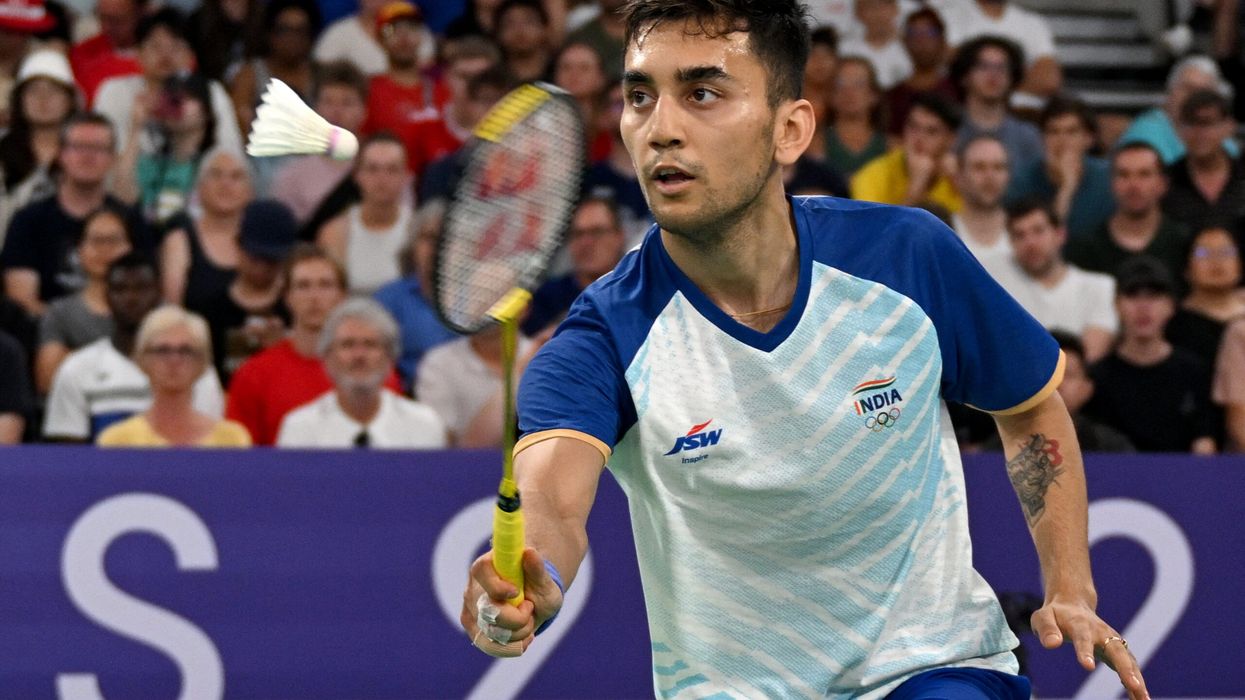Lakshya Sen became the first male Indian shuttler to reach the singles semifinals at the Olympic Games by defeating Chinese Taipei's Chou Tien Chen on Friday.
The 22-year-old from Almora won against the world number 11 Taiwanese after losing the first game, eventually securing a 19-21, 21-15, 21-12 victory in the men's singles quarterfinal that lasted 75 minutes.
PV Sindhu and the pair of Satwiksairaj Rankireddy and Chirag Shetty had lost their respective matches on Thursday, exiting the Games.
Sindhu and Saina Nehwal are the only Indians to have reached the semifinals in the Olympics. In men's singles, Parupalli Kashyap and Kidambi Srikanth had reached the quarterfinals in the 2012 London and 2016 Rio editions, respectively.
For 34-year-old Chou, who was diagnosed with colorectal cancer in 2023, it was another quarterfinal finish at the Olympics.
Sen entered the match as an underdog, having lost four of the last five meetings against Chou, a former world number 2. Four of those matches had gone to three games, and Sen was prepared for a long match.
The match was a physical battle with little to differentiate between the two players.
Long rallies characterized the match as both players moved well on the court, returning nearly everything.
Sen lost initial points on his return from the forecourt and started making more cross-court shots. Every time he trailed, Sen leveled the score, moving from 2-5 to 5-5 and then 15-15.
Sen took a three-point lead when Chou sent a backhand long, netted a return, and Sen found a winner on Chou's left side.
Chou then made a comeback, with three strong returns to make it 18-all. A backhand error from Sen gave Chou a mini-lead, which he consolidated with a winner on Sen's left side.
Sen saved a game point, but Chou secured the first game with an overhead smash.
The second game was also closely contested, with both players outsmarting each other. At 7-7, Sen called for a review after a close line call, but the replay was not shown, and the umpire informed Sen that he had lost the review.
Despite the dispute, Sen remained composed and from 13-all, he pulled away with five consecutive points. An error by Chou gave Sen several game points, and he converted the second when Chou netted a return.
In the third game, Chou made unforced errors, and Sen played at a high pace with his returns, smashes, and drop shots finding their mark.
Sen quickly built a 16-11 lead, which Chou could not overcome. A cross-court smash gave Sen eight match points, and he sealed the match when Chou hit the net after a flat exchange.












